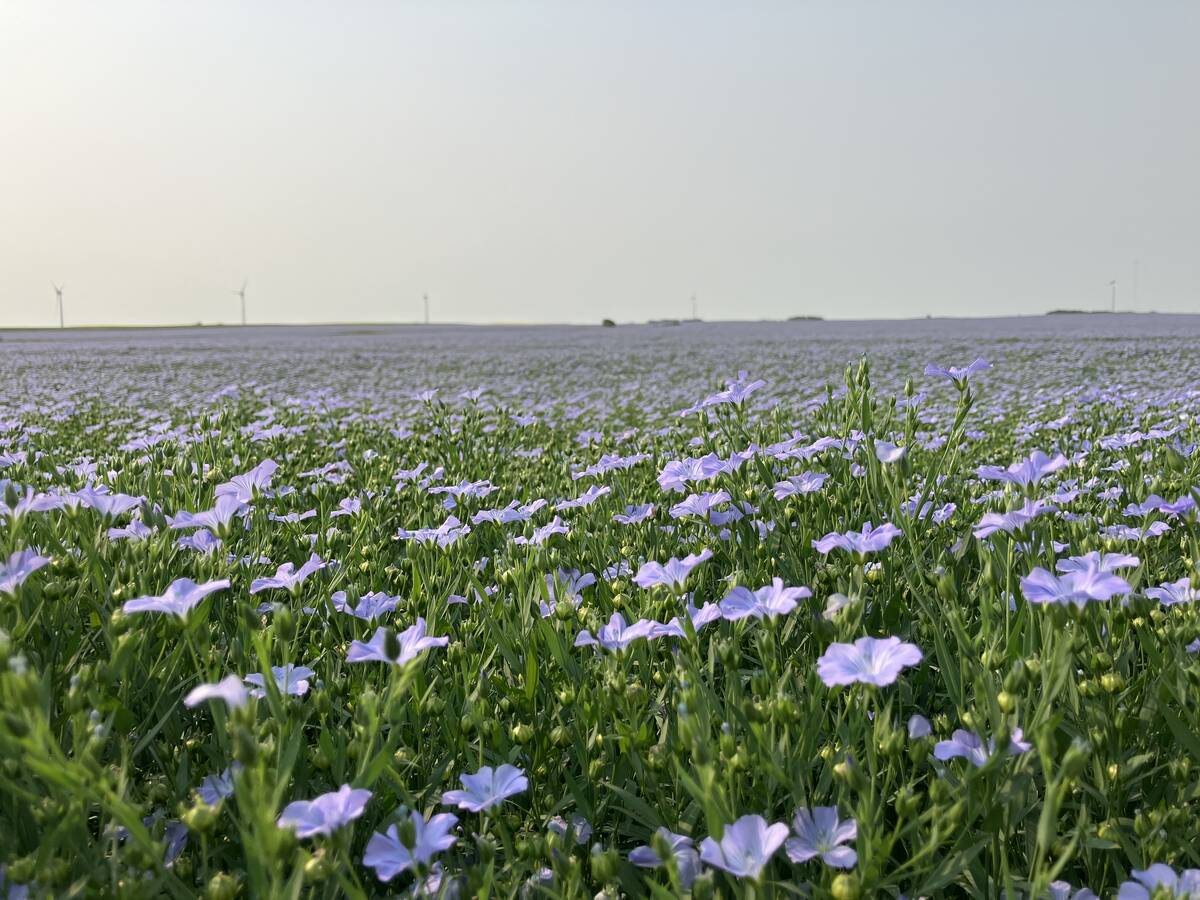The Canadian Wheat Board and two grain companies want to convince some
farmers to grow an agronomically weak barley variety this year.
They think a premium selling price in Asia will more than offset
B1602’s weakness in the field, so farmers will be offered contracts
that let them share that premium. That way they’ll want to grow the
unpopular barley.
“Agronomically it’s not a great variety,” said CWB malting barley
marketer Joan Anderson.
“The farmers don’t like to grow it. It doesn’t yield as well as the
Read Also

Huge Black Sea flax crop to provide stiff competition
Russia and Kazakhstan harvested huge flax crops and will be providing stiff competition in China and the EU.
newer varieties. It tends to have lighter bushel weights.
“It’s not acceptable to the growers, and yet we’ve got a customer who
is willing to pay a rather large premium to get it.”
Both Agricore United and Saskatchewan Wheat Pool will be contracting
farmers to grow B1602, a six-row variety.
Unlike most malting barley that is shipped to China, this doesn’t end
up in beer. A small but growing market has developed for a type of
barley tea.
Chinese buyers say B1602, an Anheuser Busch variety, tastes better than
any other variety, said Anderson.
“They take it and they roast it, just like a coffee bean,” said
Anderson during Manitoba Ag Days in Brandon.
“Then they grind it up and put it in tea bags.”
Anderson said there should be about a $10 per tonne premium paid to
growers who grow B1602 on contract.
Six-row varieties are popular in Asia, while two-row varieties dominate
North American consumption. The main six-row growing areas are in
central and eastern Saskatchewan, in the Edmonton to Camrose area, and
in the Peace River country.
The CWB has used contract programs to encourage farmers to grow certain
types of wheat, especially new varieties that need stocks built up for
marketing, but this is the first barley contract like this, said
Anderson.
“There is a clear premium being achieved, so we’re willing to pay it to
those growers who are supplying it.”
Canada may also have found another new market in South Africa, said
Anderson. Canada hasn’t made significant sales to that country for five
or six years, but this year South Africa bought a shipload of two-row
barley.
That could mean 80,000 to 100,000 tonnes of sales this year.
“That could be a good breakthrough for us,” said Anderson.
While this year’s crop was cramped due to the drought in Alberta and
Saskatchewan, there’s more of it than most expected.
“Like they say, a short crop has a long tail,” said Anderson.
“We seem to keep getting more and more malting barley coming out of the
woodwork.”
Kernels did not shrivel as much as many expected, although protein has
been a problem.

















